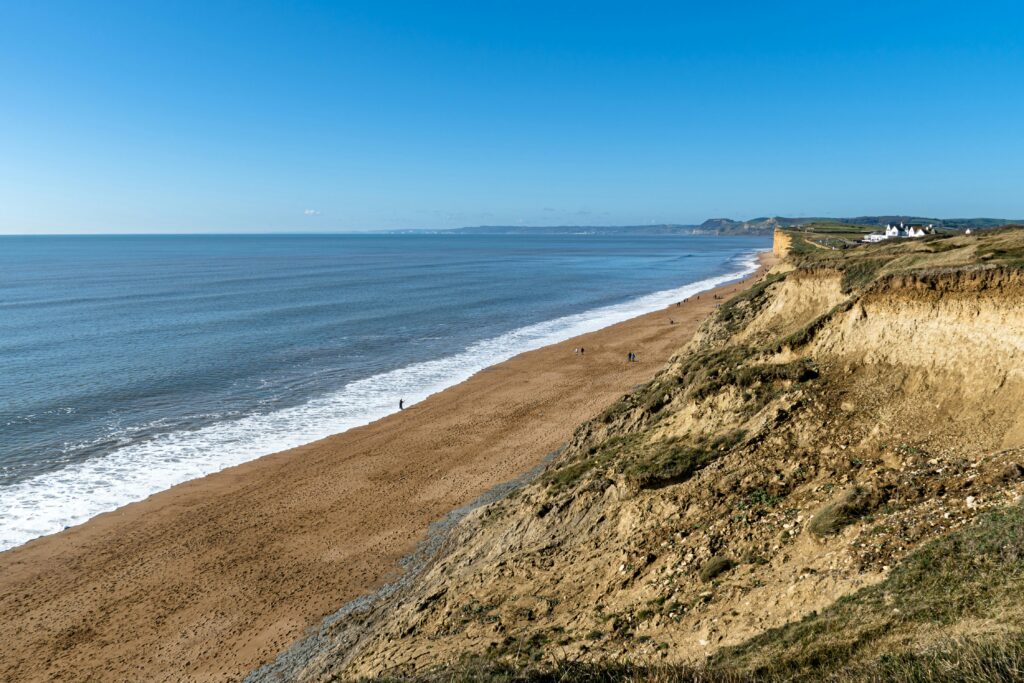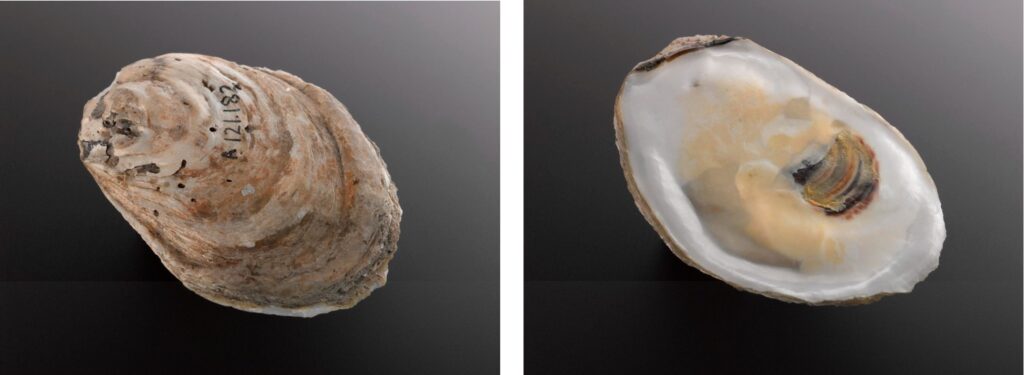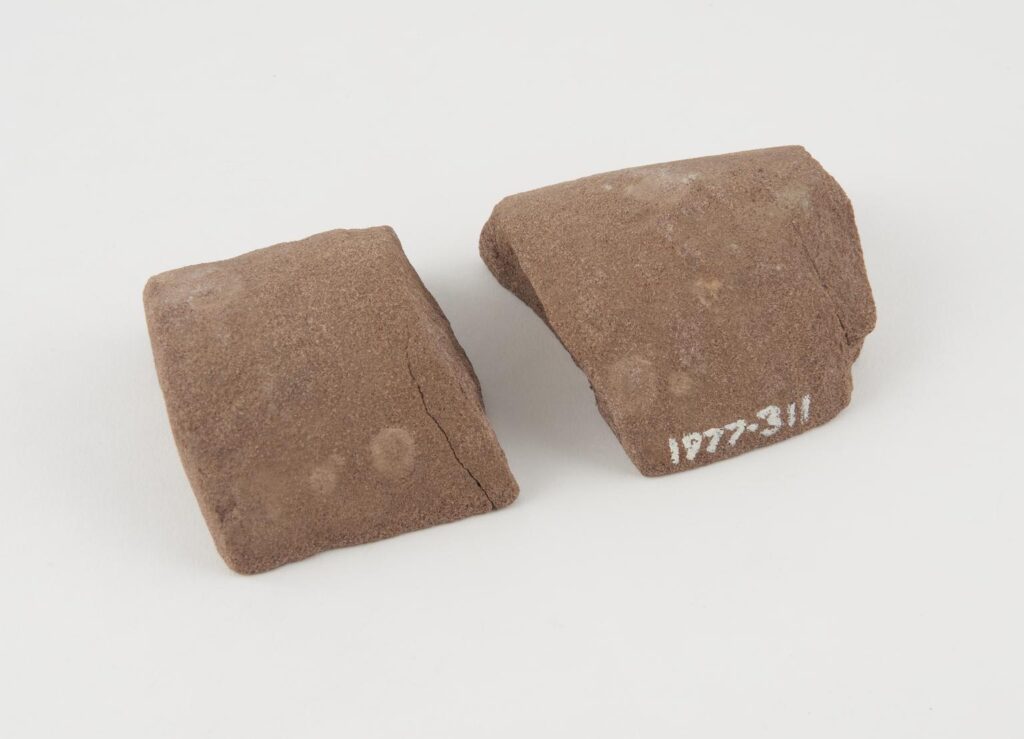A zap of electricity can strengthen a marine coastline, reducing the threat of erosion in the face of climate change and rising sea levels, according to a new study.
Erosion already causes billions of dollars in damage every year worldwide, triggering efforts to build protective structures or injecting cement and other binders to bind and strengthen the coastline.

As an alternative, Northwestern University researchers took inspiration for a lasting, inexpensive, and sustainable solution for strengthening global coastlines from clams, mussels, and other shell-dwelling sea life, which use dissolved minerals in seawater to build their shells and form a natural cement between sea-soaked sand grains.
Instead of using metabolic energy, like molluscs do, the researchers used electrical energy to spur the chemistry, they report in the journal Communications Earth and the Environment. Field tests are planned, and the team is looking at bringing the research to market.
When two or three volts are applied to the water, dissolved constituents form solid calcium carbonate — the same mineral molluscs use to build their shells. Increase to four volts and the result is magnesium hydroxide and hydro-magnesite, a ubiquitous mineral found in various stones.

In the laboratory, the process also worked with various sands — from common silica to iron sands, often found near volcanoes.
‘Over 40% of the world’s population lives in coastal areas,’ said Northwestern’s Alessandro Rotta Loria, who led the study. ‘Because of climate change and sea-level rise, erosion is an enormous threat to these communities.
By applying a mild electric stimulation to marine soils, we systematically and mechanistically proved that it is possible to cement them by turning naturally dissolved minerals in seawater into solid mineral binders — a natural cement.’
He said large areas can be treated and protected with technologies under development. ‘These consist of electrically conductive geotextiles, which could be deployed over unstable marine soil masses for stabilization.’
‘After being treated, the sand looks like a rock,’ Rotta Loria added. ‘It is still and solid, instead of granular and incohesive. The minerals themselves are much stronger than concrete.’

His team estimates the process costs up to $6 per cubic meter of electrically cemented ground. More established, comparable methods, which use binders, cost up to $70 for the same volume. ‘We can use it to strengthen the seabed beneath sea walls or stabilise sand dunes and retain unstable soil slopes,’ he said.
The process is also reversible. When the battery’s anode and cathode electrodes are switched, the electricity dissolves the minerals, undoing the process.
From intensifying rainstorms to rising sea levels, climate change has created conditions that are eroding coastlines. According to a 2020 study by the European commission’s Joint Research Centre, around half of the Earth’s beaches could be washed away by the end of this century if no action is taken.